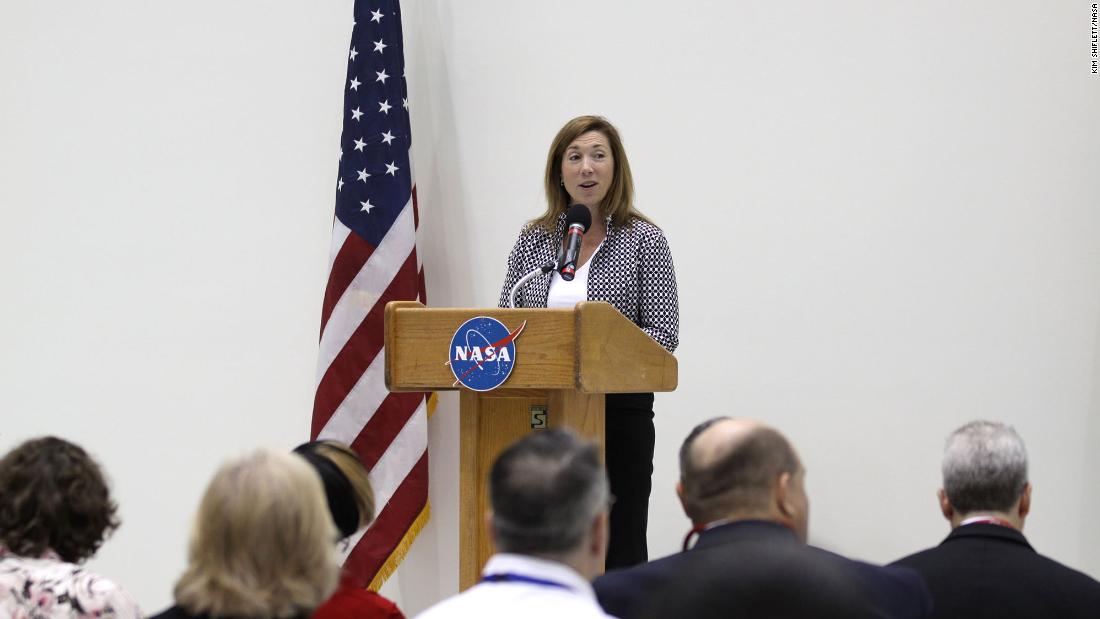And the former NASA deputy administrator has a message for Elon Musk: Don’t trip on your ego.
“SpaceX has a huge lead and is running faster than any of the competition, including all the big aerospace companies,” she wrote. “To me, that is both fantastic and scary at the same time.”
Garver warned that if companies don’t get serious about addressing issues like harassment and lack of inclusivity, “they will lose workforce.”
“These rockets don’t build themselves,” she said. “The best and the brightest, they aren’t going to put up with behavior that is truly a distraction…The bro culture could succeed in the past because the predominant number of engineers were white males. That is no longer the case. And we absolutely benefit from all comers. All views.”
SpaceX did not respond to a request for comment for this story, nor has it responded to routine inquiries from reporters in years.
In her book, Garver also recounts the harassment she said she endured during her career in aerospace, which spanned NASA as well as various other corporate and government jobs. Being objectified was simply “a part of being a woman working in aerospace when I was in my twenties and thirties,” she said.
In her book, she recalls one NASA supervisor who once “told me to come into his office so I could get my birthday spanking” in front of several colleagues.
“I never reported the incident to NASA or to his employer. Embarrassed and assuming it would be my own career that suffered, I—like so many others—swept such occurrences under the rug,” she wrote. “I’m ashamed for many reasons, but mostly because the behavior likely continued.”
“It is time to end justifications for rooted misconduct as well as the field’s predominance of people—including in its leadership—who look and think the same way,” Garver wrote. “Progress toward diversity, equity, and inclusion has been much too slow.”
The contracting method that Garver and a small contingent of others pioneered for human spaceflight programs at NASA is what’s come to be known as the commercial contracting structure. It allows companies to compete for contracts before NASA doles out fixed amounts of money. If projects run over budget, it is up to the contractors to cover the cost. But many aerospace stakeholders pushed back, arguing that human spaceflight programs were too technologically complex and expensive for multiple companies to attempt.
“Senior industry and government officials took pleasure in deriding [SpaceX] and Elon in the early years,” Garver wrote in her book. “To me, this seemed irresponsible.”
SpaceX’s success won over many of the Commercial Crew Program’s former skeptics.
Still, Garver admits that she did not expect SpaceX would be the standout in the commercial space race. When she was first imagining this new approach to awarding contracts, it was “so long before the billionaire investors in space” were part of the public imagination. “We always thought it would be [legacy] aerospace companies,” such as Lockheed Martin or Boeing, she told CNN.
“It’s not something we envisioned for a number of reasons,” she said. “First being that we didn’t envision billionaires amassing this many billions.”

